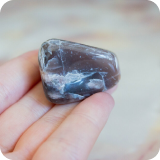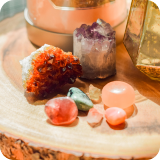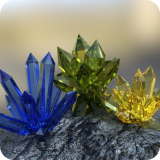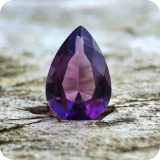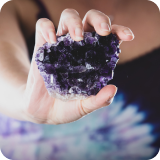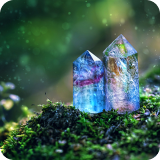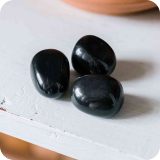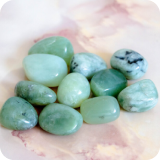- What Does Real Amethyst Look Like?
- Types of Amethyst
- How to Tell if Amethyst is Real? 6 Easy Tests
- How to Spot Fake Amethyst? What Does Fake Amethyst Look Like?
- Real Amethyst vs. Fake Amethyst
Do you know it takes millions of years to grow Amethyst? But, Amethyst isn’t expensive compared to diamonds or rubies. Still, there are more fake amethysts than real ones.
What is the difference between real Amethyst and fake Amethyst? How to spot a fake amethyst? What does fake Amethyst look like? What does real Amethyst look like?
A genuine amethyst is cold to the touch, shows different colors (purple, white, yellow, red, blue, or black), and has a specific gravity of 2.3 to 2.65. Moreover, real Amethysts don’t get scratched or burned easily.
Read on to discover the real appearance, color, properties, powers, varieties, and six tests for confirming a genuine Amethyst.
What Does Real Amethyst Look Like?
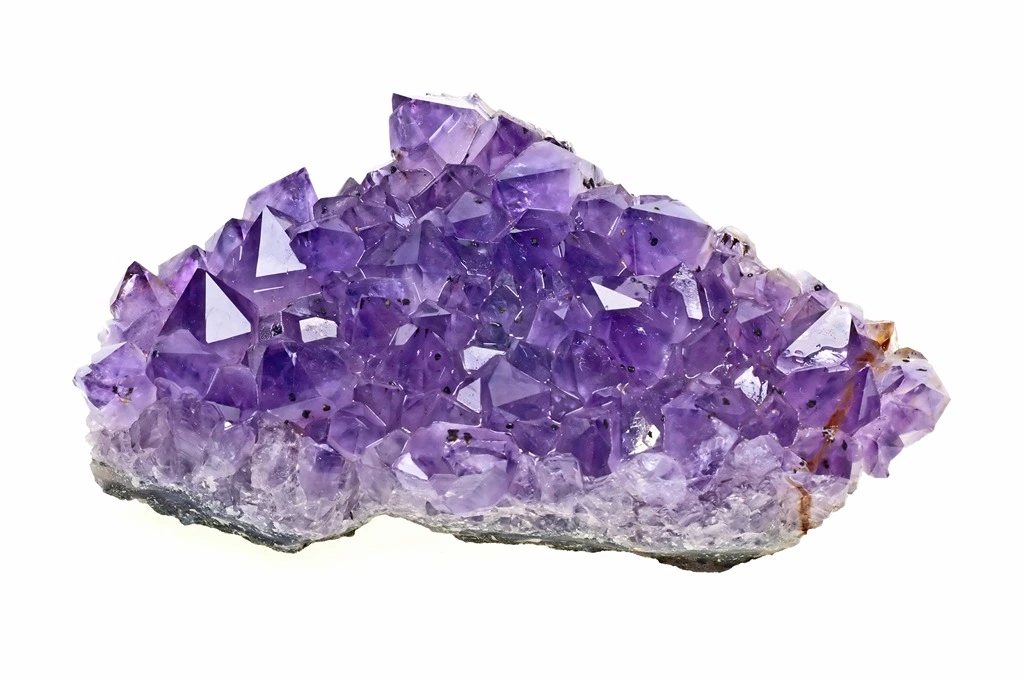
Real Amethyst is a mix of several colors rather than a single stroke of purple. This is what experts call ‘color zoning.’ It’s when a crystal has other colors in between purple, such as white, blue, or black, instead of a single shade.
Moreover, some Amethysts may be dark purple, wine-red, or even lilac-colored.
Here are a few properties of Amethyst that’ll help you set apart a fake amethyst:
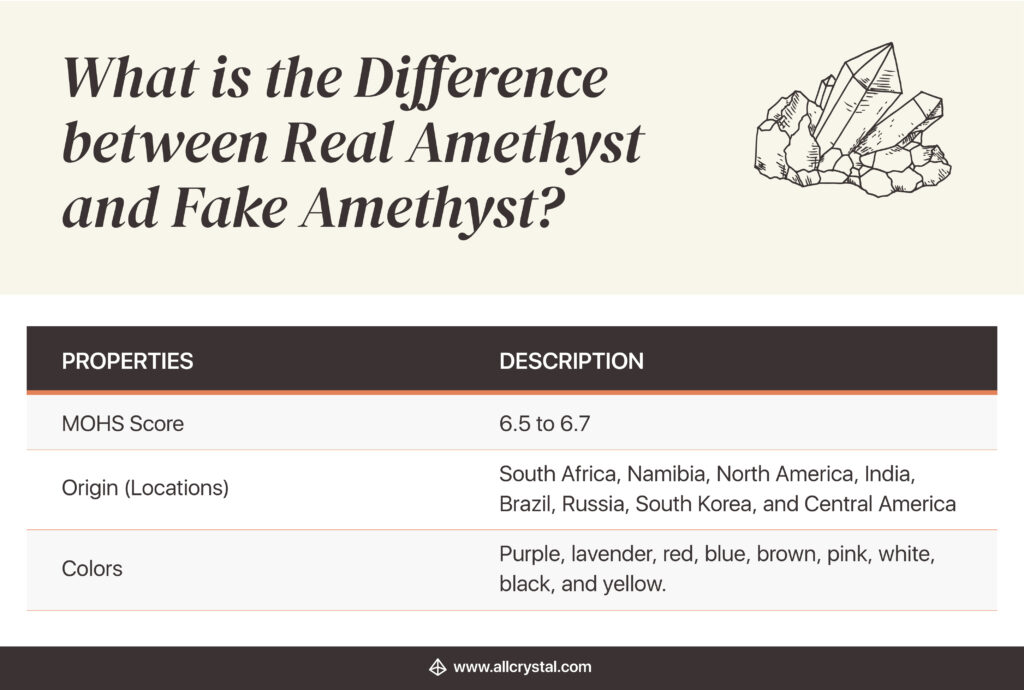
Types of Amethyst
Interestingly, the value of Amethyst depends more on color than a carat. It is thus noteworthy that the darkest purple and red are the most prized Amethyst varieties.
Let’s look at varieties of Amethyst.
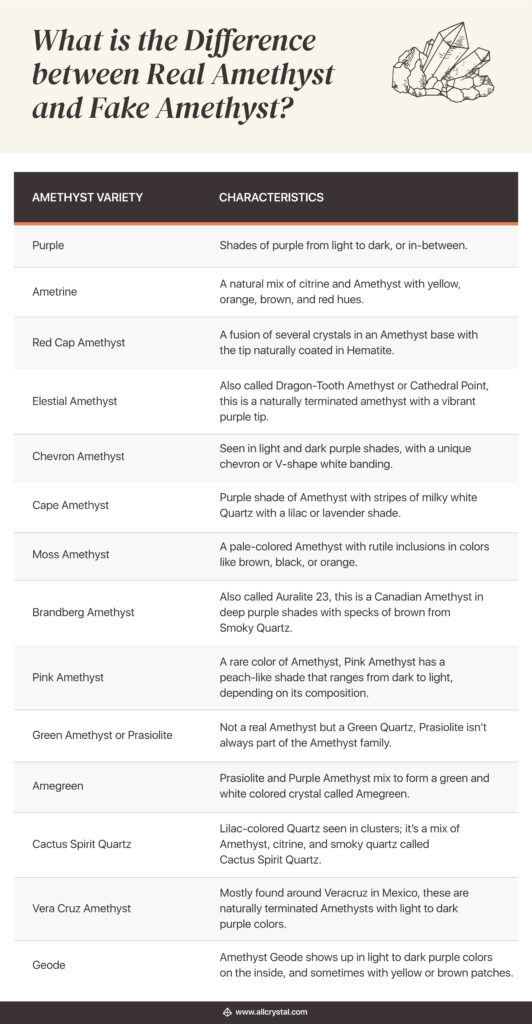
How to Tell if Amethyst is Real? 6 Easy Tests
Fake Amethysts have become so good that it’s harder to recognize real Amethysts, especially for beginners. I’ll describe six easy tests you can do at home to confirm the authenticity of your purple Quartz.
The Touch Test
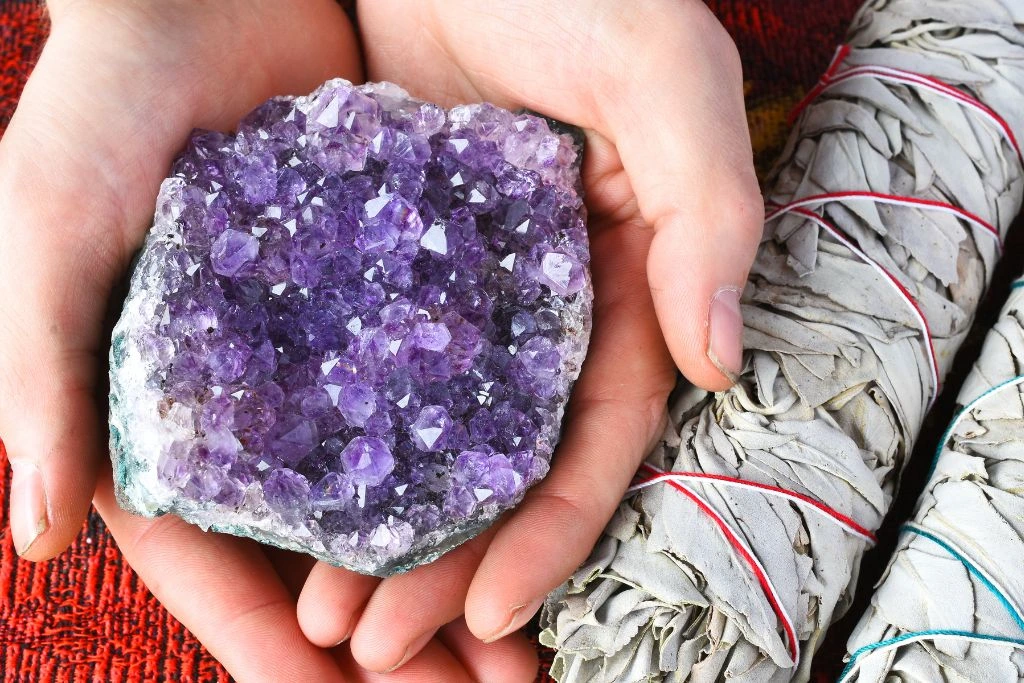
As we learned in real Jade vs. fake Jade, most natural crystals are cold to touch.
Whether you rub it against your skin or cup your palms, real Amethyst will remain cold in your hand. Keep the amethyst stone in your palm for a minute to perform this test.
The Light Test
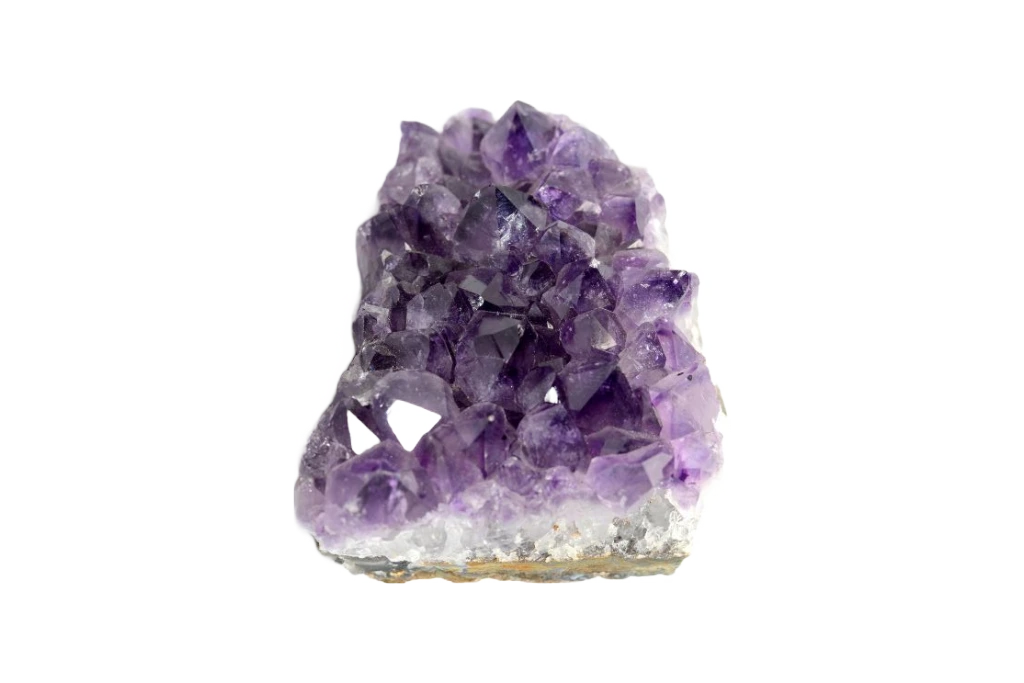
As we learned above, Amethyst rarely appears in a single color. You can check if you have dyed Amethyst with the Light Test by looking for multiple colors seen in real Amethysts.
Raise your Amethyst against a light source for a few seconds to test this. Genuine Amethyst will show different depths of colors in layers under the surface.
The Glass Test
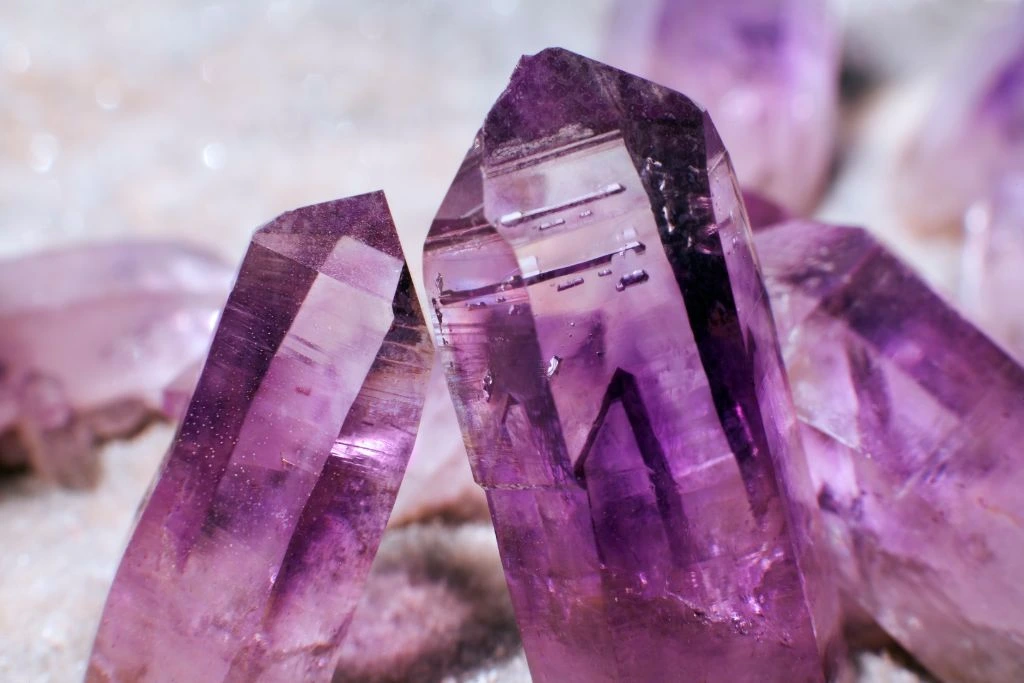
This test requires you to look closely at your crystal using a magnifying glass. You should check for threads and veins inside the stone.
Moreover, Amethyst shouldn’t have any bubbles, unlike fake Amethysts.
Scratch Test
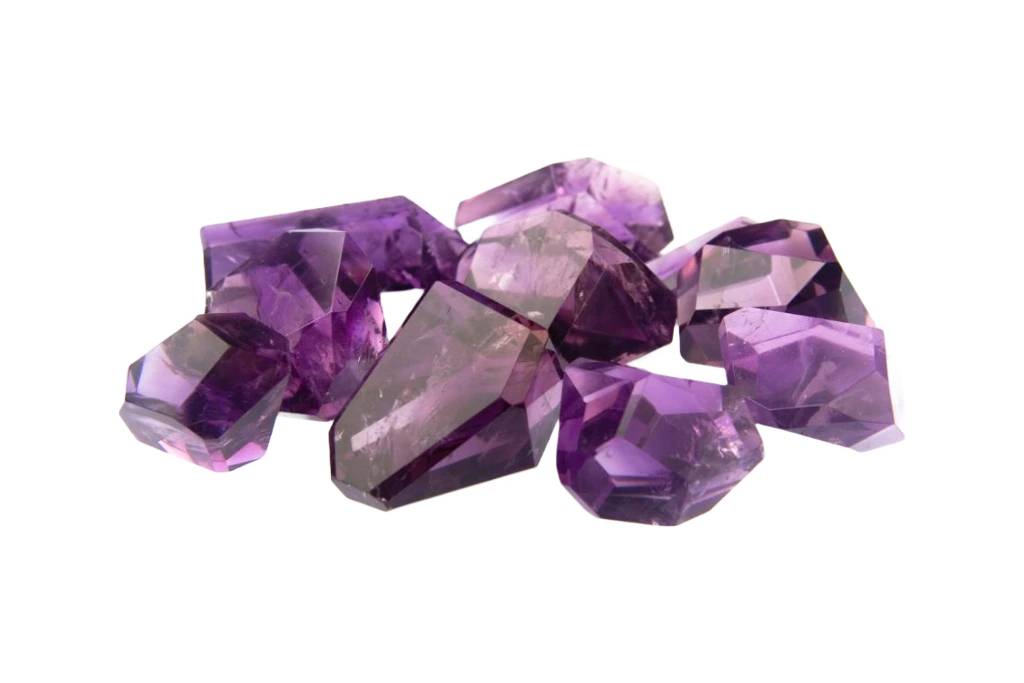
Based on the MOHS score of Amethyst, it’s harder than glass. So, make a line on your crystal with the glass piece and check for marks. If the glass marks the crystal, it’s a fake Amethyst.
The Burn Test
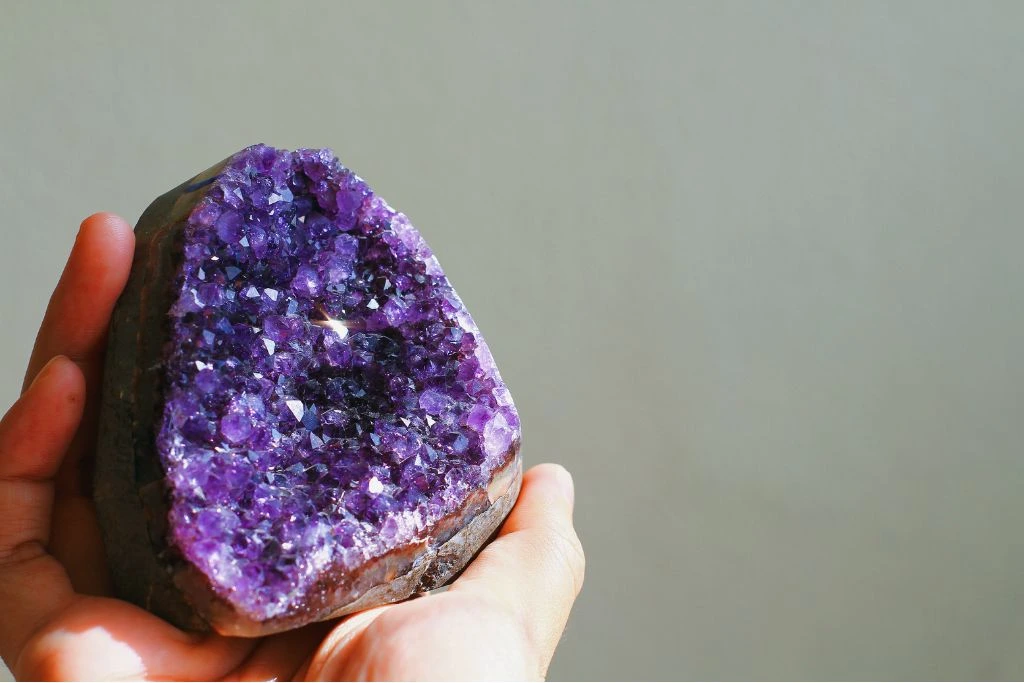
If you have a fake Amethyst, it can burn up and get damaged from exposure to fire.
However, genuine crystals have very high melting points that prevent them from damaging when exposed to flame.
So, hold your Amethyst with a Tweezer over a candle flame for 30 seconds to a minute. You have a real Amethyst if it stays intact or plastic if your stone starts melting.
The Gravity Test
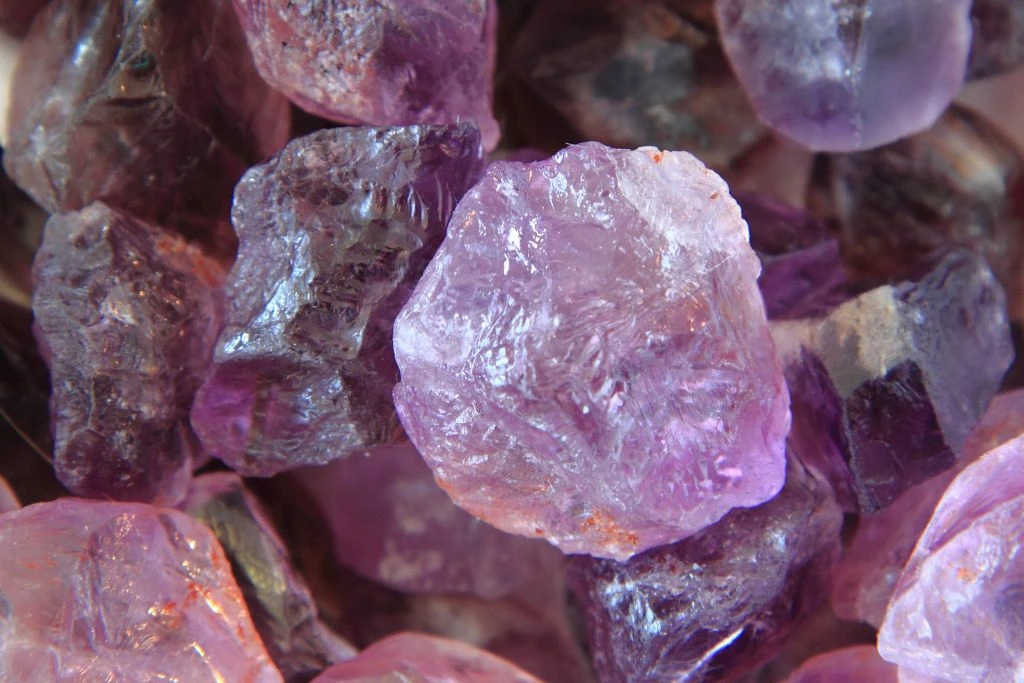
This sophisticated test requires a beaker, scale, and water. We’ll use these things to check the specific gravity of your stone and compare it to that of a real amethyst (2.3 to 2.65).
Here’s a complete video tutorial that explains how to do this test:
How to Spot Fake Amethyst? What Does Fake Amethyst Look Like?
You might have a rare and expensive Amethyst if it doesn’t have any color zoning (other than colors like blue or white with purple). If not, you have a fake.
Moreover, Fake Amethysts often show bubbles and/or zero color zoning.
A telltale sign of fake Amethyst is its name. So, don’t buy crystals named Bengal Amethyst, Japanese Amethyst, Lithia Amethyst, and Desert Amethyst.
Real Amethyst vs. Fake Amethyst
Do you know there are fake Citrines made by heating genuine Amethyst stones? Fake crystals are everywhere. So, knowing the right way to distinguish synthetic Amethyst vs. real Amethyst is a must for crystal users.
Here’s the complete summary of how to identify Amethyst rock, including all that we learned today:
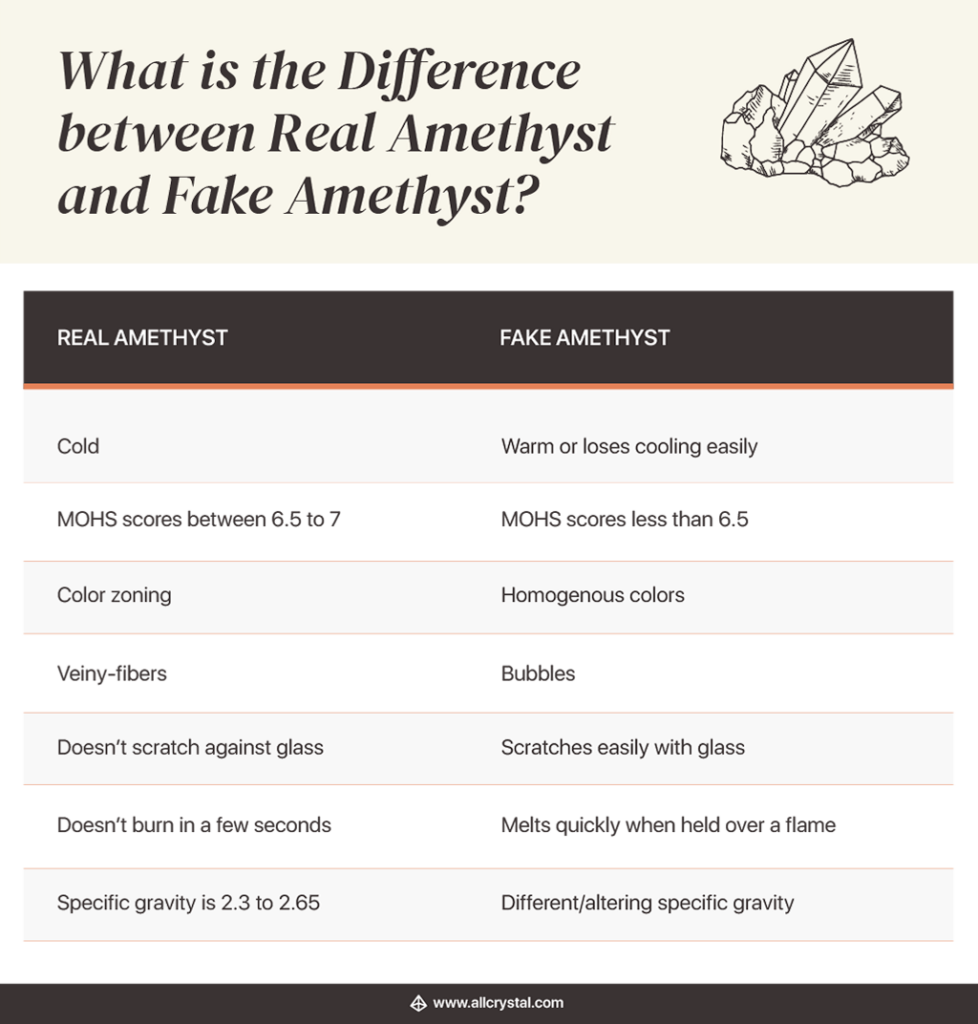
Which Amethyst test are you going to do, to see if your Amethyst is real?!


